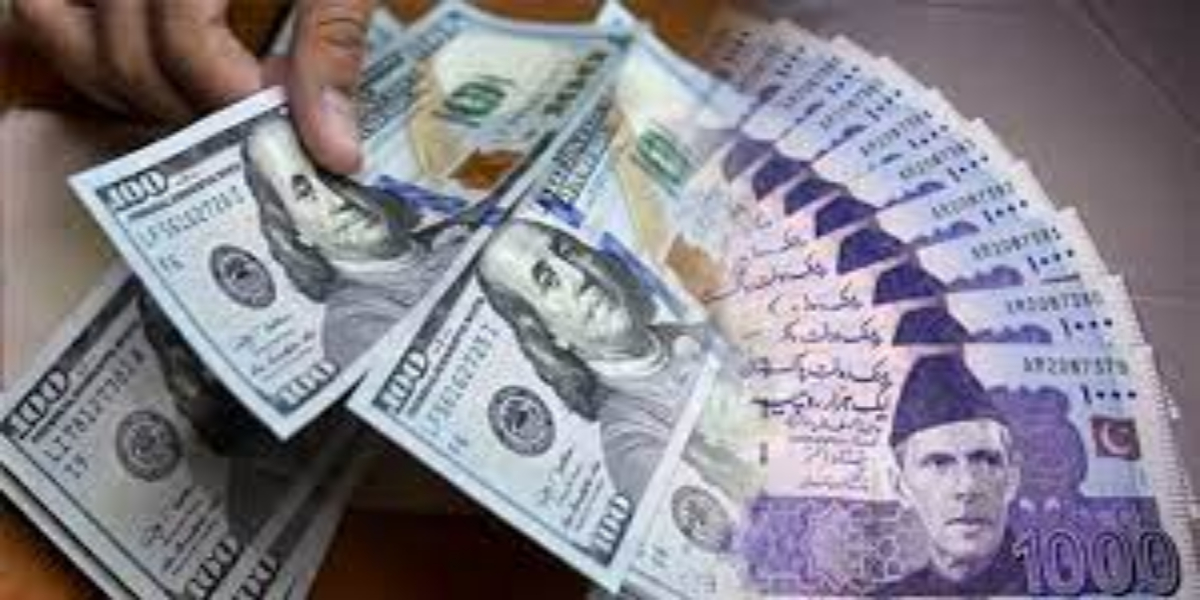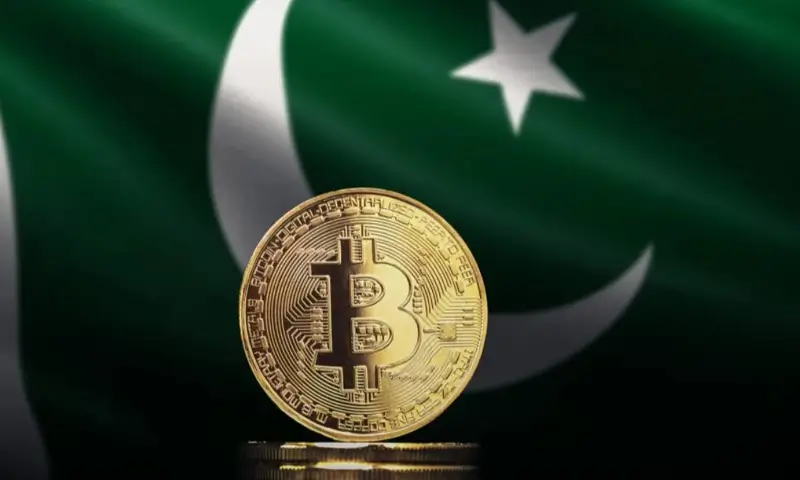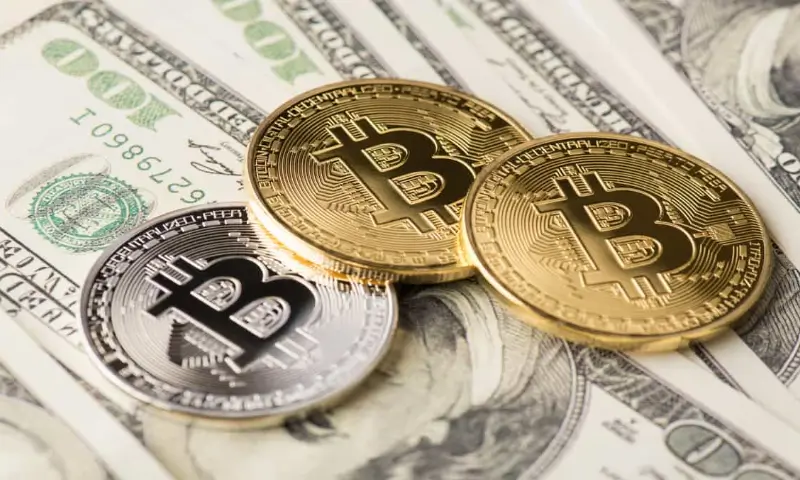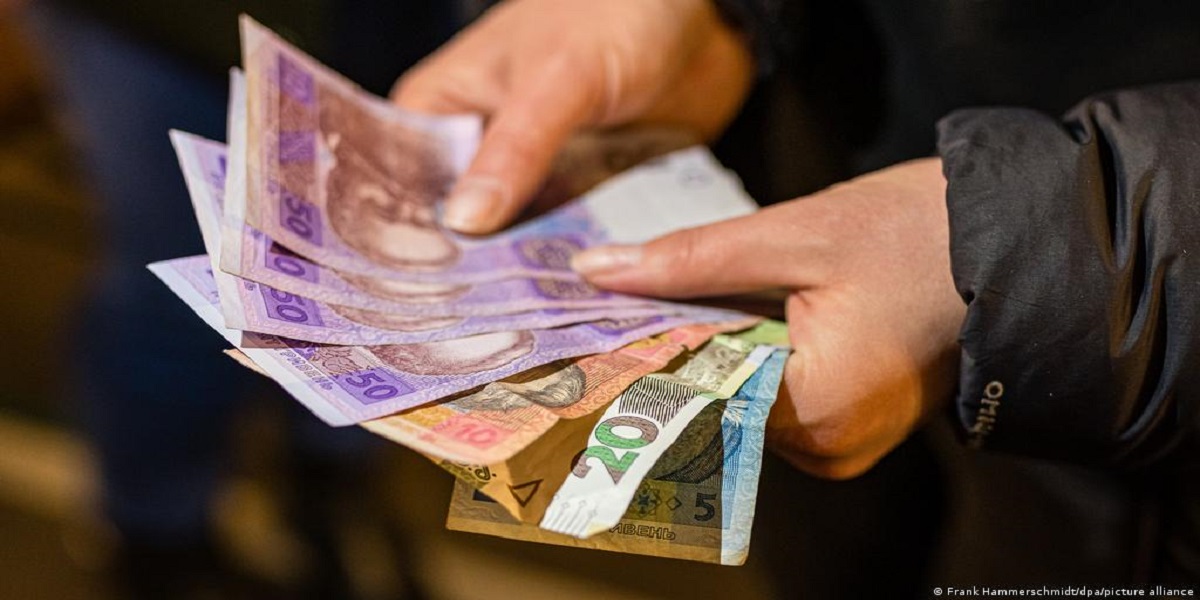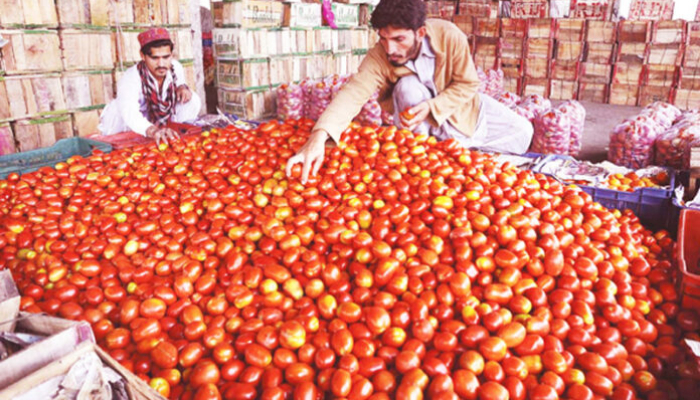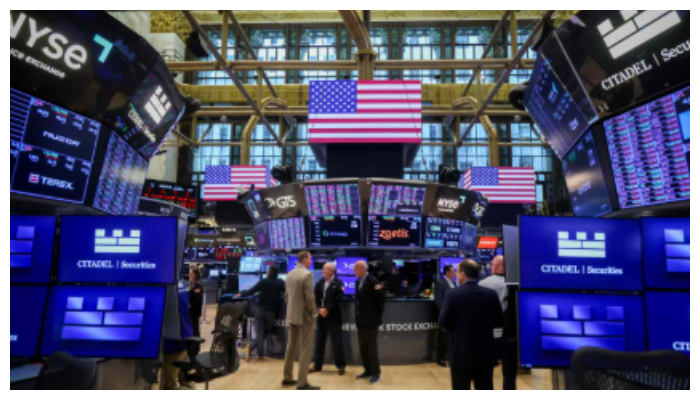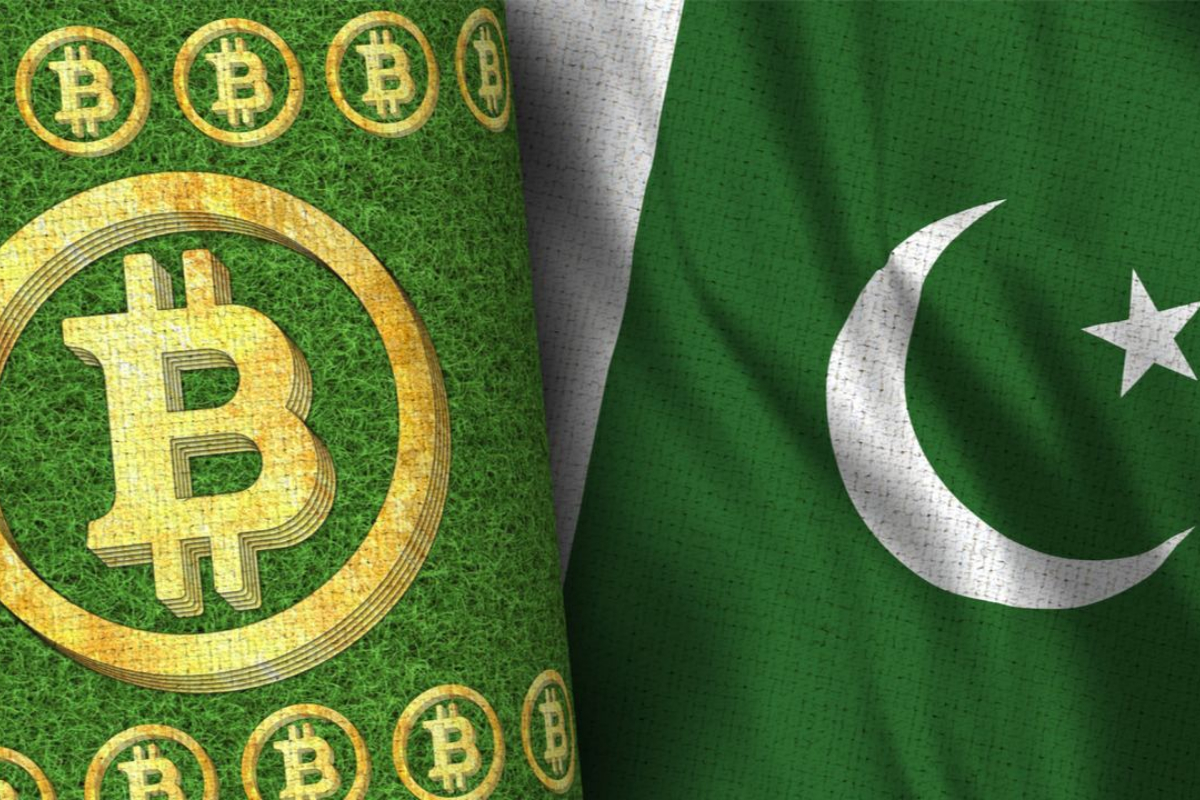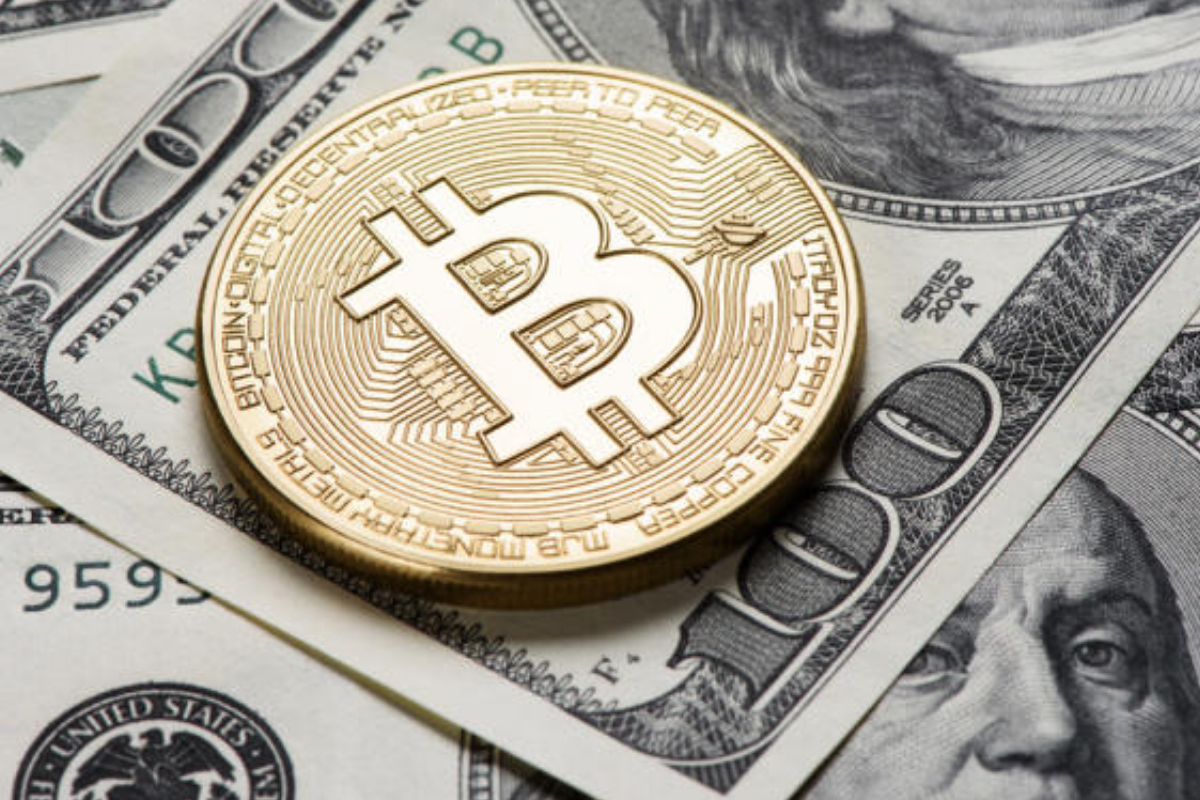KARACHI: The business community has demanded the government to control the exchange rate because economic and industrial expansion are not possible without stable local currency.
Mian Anjum Nisar, former president of the Federation of Pakistan Chambers of Commerce and Industry (FPCCI), and Businessmen Panel (BMP) chairman, in a statement on Monday said that the dollar continued to appreciate against the rupee because of the higher current account deficit and burgeoning import bills.
Besides increasing exports and controlling imports the government will have to take administrative measures, as a large demand of cash dollars is seen in the market.
Terming the rupee depreciation against the dollar a mysterious development, he said, continued rupee depreciation is not understandable with the fact that there was no fundamental change in the country’s economic indicators.
The FPCCI former president said the market-based flexible exchange rate system, resilience in remittances and other factors can contain the current account deficit in a sustainable range of 2 to 3 per cent of GDP in FY22.
The rupee remained on the receiving end, depreciating 0.5 per cent against the dollar in the interbank market, as pressure persisted on the currency, amid the lack of clarity on inflows and economic support from the international lenders and friendly countries.
In the open market, the local currency lost 50 paisas for buying, while the selling remained unchanged, closing at 186.50 and 187, respectively.
As per the State Bank of Pakistan (SBP), the rupee closed at 186.63 after a day-on-day decline of 94 paisas, or 0.50 per cent. On Saturday, May 7, 2022, the rupee closed at 185.69 after a decline of 0.03 per cent.
The rupee had remained largely stable prior to the fall, as the market considered Pakistan’s macroeconomic indicators and the ongoing talks with the International Monetary Fund (IMF) as giving some level of clarity, going forward. However, since then, there has been a little to no progress on those fronts.
Since May 2021, the dollar has appreciated by 7.15 per cent against the rupee, which lifted the cost of imported products and created uncertainty about the exchange rate stability.
The dollar was at Rs164 in October 2020 and again hovering in the range of Rs186 in May 2022.
Nisar said that the State Bank of Pakistan and the Ministry of Finance will have to remain vigilant in this regard. Besides this, the central bank and the government also need to intervene and come up with policy reforms to control the rupee depreciation, which is becoming more and more valueless.
It was unfortunate that Pakistan had announced to start its financial transaction with several countries under the currency swap agreement some eight years ago in 2013, aiming at controlling its import bill and the balance of payment position, but no implementation has been seen so far, he added.
The trade and industry have no idea as to what is the real exchange rate needed by the central bank and which is the end point for the rupee depreciation, he said, adding that though the exporters would get some benefit against their export proceeds, the overall economy would face a tough time, as the cost has been rising and finally it would affect consumption, which is the main wheel to run the economy.
Nisar urged the government to control rupee volatility against the dollar, showing that the exchange rate is not managed by the State Bank of Pakistan (SBP) but it also indicates the exchange rate is not stable.
The end of the previous fiscal year with the rising current account deficit was a serious blow to the exchange rate, while the fear of higher demand for the dollars further exacerbated with the information of the SBP that the county would need dollars to repay loans.
The high import bill this year was enough to signal the market that the demand for the dollar was very high, he said, adding that the rising instability in the region has stirred fear within Pakistan that may hurt the normal economic life in the country, motivating the people to buy dollars. At the same time, exports to Afghanistan have come down.
According to Nisar, the huge rupee depreciation continued to damage the national economy, as the cost of deals done by the businessmen with their foreign counterparts has increased manifold.
The FPCCI former president said that excessive government borrowing, absence of foreign flows, the lack of foreign investment and the huge current account deficit are the key reasons for constant rupee depreciation.
The local currency has been under pressure due to falling foreign exchange reserves and increasing outflows, amid foreign debt repayments, he said, adding that the SBP’s foreign exchange reserves have been under pressure due to external debt repayments.

